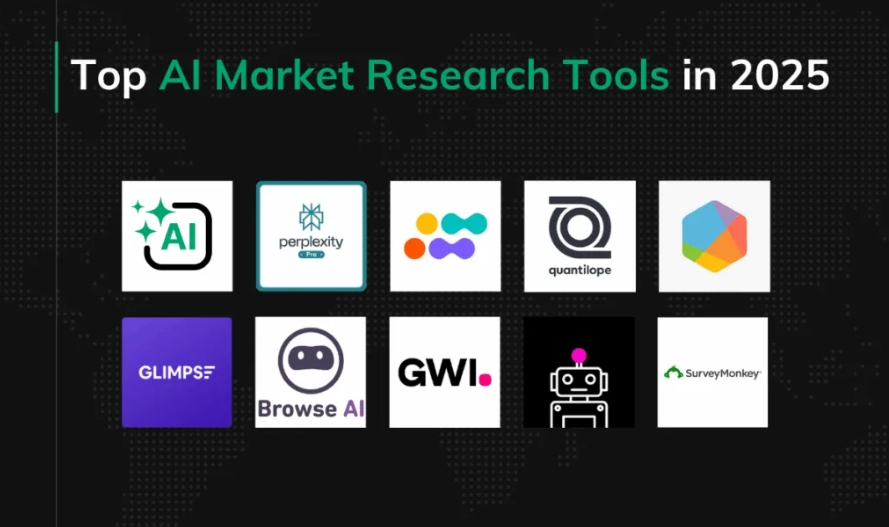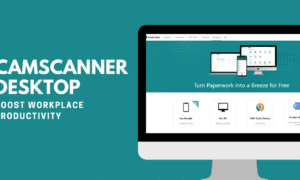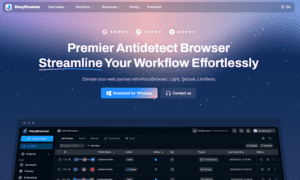In today’s rapidly changing business world, choosing the right AI market research tool has become a must. These solutions are changing how businesses collect and understand customer insights by making the process much faster, more accurate, and deeper than before. The best choice matches a tool’s advanced functions to your specific goals and the way your company operates. By learning what these tools can do and carefully checking their features, you can gain an advantage over competitors, make decisions based on data, and get to know your market better than ever before.
Special Mention: Market Insights AI by Pragmatic Coders (free)
Market Insights AI by Pragmatic Coders stands out as a free, lightning-fast market research assistant built for startups and innovators. Just describe your business idea, and the tool instantly identifies key competitors, estimates your market size, and creates detailed user personas—all powered by AI and the real-world experience of building 100+ digital products. It’s perfect for anyone who wants actionable market insights for validation, investor pitches, or product strategy—without waiting weeks or needing research expertise.
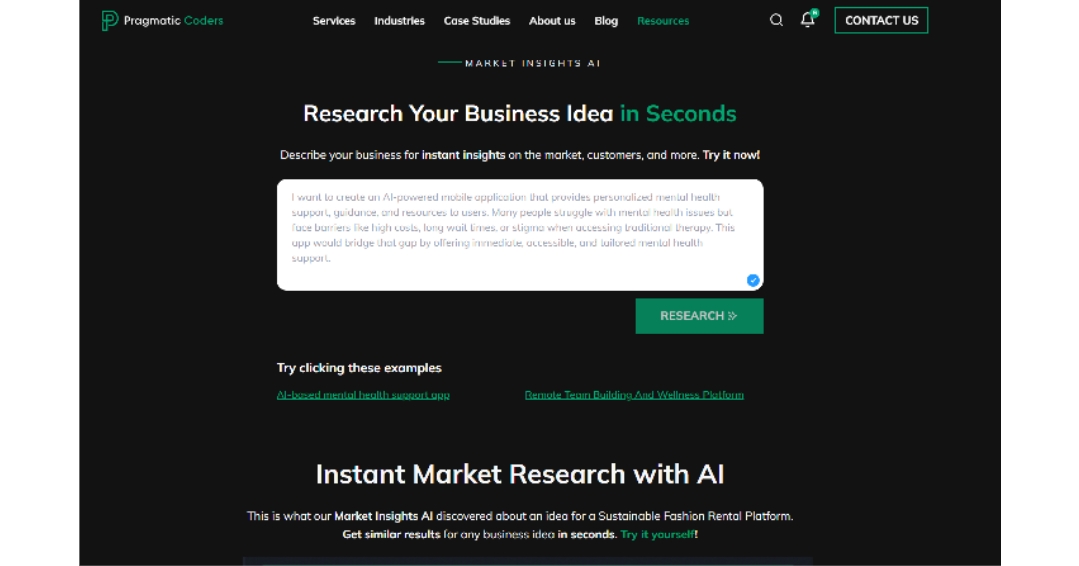
Survey and Feedback Platforms
These help automate surveys from start to finish. Examples like Qualtrics XM and Zoho Survey use AI to write survey questions, suggest better questions, and sort through results, even analyzing open-ended responses for key themes or emotions. Survicate collects feedback from many places-like customer service chats or reviews-and uses AI to sort and group responses instantly. Quantilope, with its AI assistant Quinn, automates setting up surveys, applying advanced methods, and summarizing insights, so you can move faster at every step.
Competitor and Trend Analysis Tools
AI in this area helps you keep an eye on competitors and spot new trends.
- Crayon: Specializes in following competitors’ sites, prices, and launches with instant alerts.
- Semrush: Uses AI to check billions of web searches for keyword gaps and traffic boosts to help with SEO.
- Kaya: Shows where your competitors are running ads and what they’re spending.
- Glimpse: Scans lots of web data to notice market trends before they go mainstream.
With these, you can avoid surprises and be first to spot new opportunities.
Predictive Analytics and Forecasting
These tools help you look ahead, not just at what’s happening now.
- Pecan: Uses machine learning to make predictions from your data, like how many customers will stay or how much product you’ll need.
- Albert AI: Brings prediction to your marketing campaigns, showing likely results and trends.
- Qlik Predict: Lets you run forecasts without coding, picking up patterns and seasonal effects.
- Aviso: Combines lots of data sources to give revenue predictions that change as new info comes in.
These tools help businesses prepare for what’s coming up.
Customer Insights and Sentiment Analysis
AI tools here help understand why customers feel or act a certain way.
- Brandwatch’s Iris AI: Watches billions of posts to find trends and understand how people really feel about brands, products, or topics.
- Speak AI: Turns interviews, videos, and group chats into clear insights using AI to pick up on what’s being said and how people feel.
- Mentionlytics: Notices feelings and trends in digital channels, spotting even subtle emotions.
- Chattermill: Pulls together feedback from many sources and uses AI to highlight patterns and connect feedback to business metrics, like customer satisfaction.
- GWI Spark: Focuses on who customers are and what they care about, so companies can run more targeted campaigns.
These platforms help you read between the lines and shape better strategies.
If you want to dive deeper into the latest solutions and compare even more AI-powered market research platforms, make sure to read more in our full guide to the Top AI Market Research Tools in 2025. You’ll find detailed breakdowns, comparisons, and expert tips to help you pick the best tool for your business needs.
What Are AI Market Research Tools and Why Do They Matter?
AI market research tools are software programs and platforms that use artificial intelligence, including machine learning, natural language processing (NLP), and predictive analytics, to automate and improve different stages of market research. Businesses today want results quickly so they can stay flexible and ahead, and these AI-powered tools make it possible to get valuable insights in days, not weeks or months.
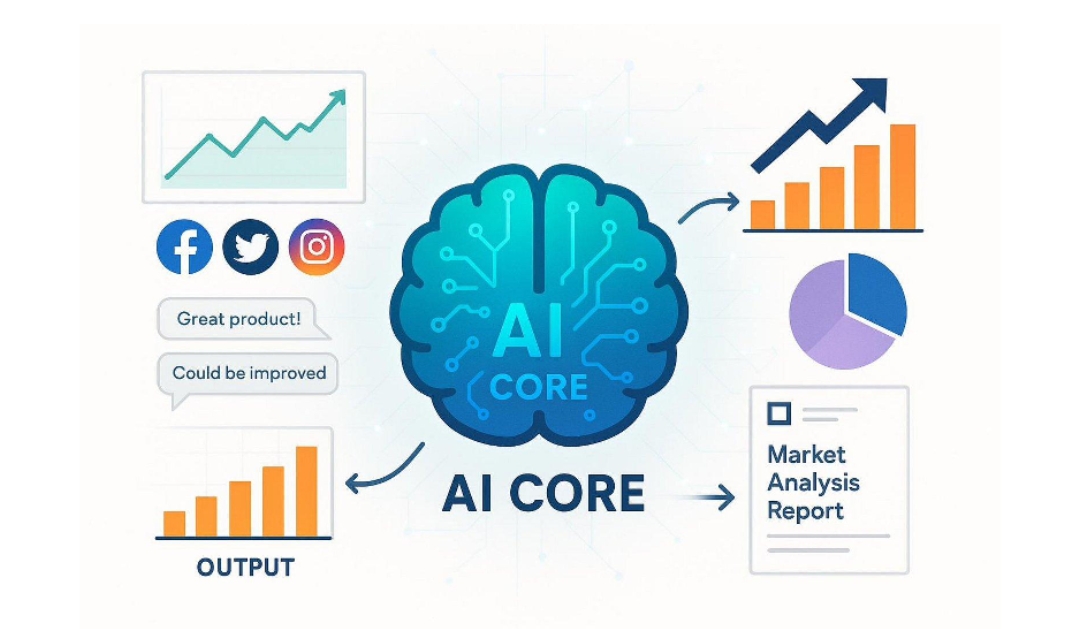
How AI Changes Market Research
AI changes market research by making hard tasks simpler and analyzing huge amounts of data much faster than people could. These tools process consumer feedback, check what’s happening on social media, spot market trends, and create reports in a short time. Instead of slow and pricey research, companies now get a steady stream of insights that fit into daily decisions. AI handles routine tasks, so people can focus more on making sense of the results, coming up with strategies, and solving tough problems. This increases efficiency and reduces mistakes and bias, giving you more reliable and accurate information.
Main Features of AI Tools in Market Research
AI market research tools offer many helpful features, and these are often improving. Some key features include:
- Automated survey creation and analysis: Create and review surveys in days instead of weeks.
- Smart question recommendations: Suggests questions based on your goals or previous surveys.
- Synthetic respondent simulation: Uses fake audiences to predict likely feedback and spot early trends.
- Competitive monitoring: Keeps an eye on competitors’ websites, pricing, and marketing with real-time updates.
- Social media listening: Uses AI to analyze conversations online, picking up messages, emotions, and even sarcasm.
- Predictive analytics: Looks ahead and forecasts market and consumer trends.
- Text analysis: Uses NLP to find insights in comments, reviews, and reports.
- Automated reporting: Makes charts and summaries very quickly for easy sharing and understanding.
These features help companies move from just gathering data to turning insights into action.
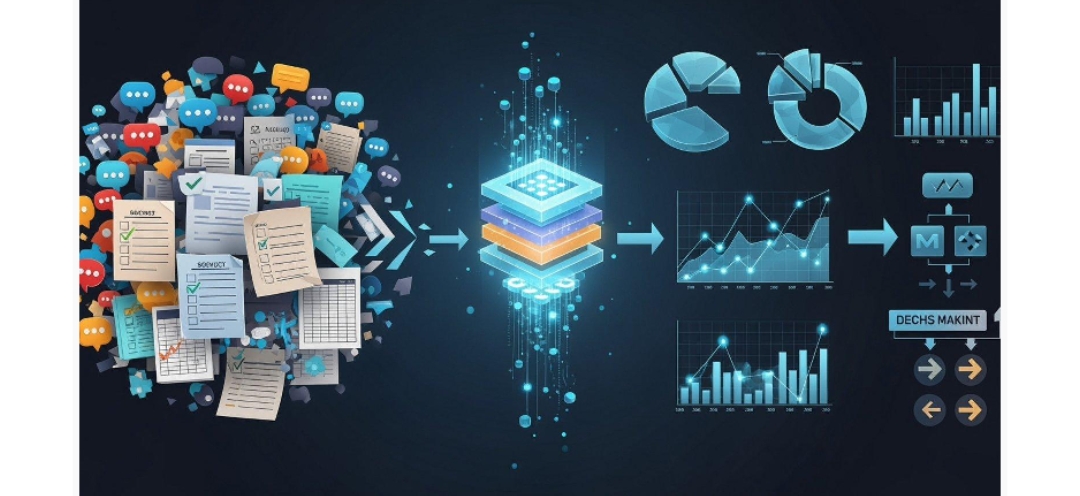
Pros and Cons
Some main benefits of bringing AI into market research are:
- Very fast processing and reporting
- Can handle huge amounts of data without loss of quality
- Predicts future trends more easily
- Saves your team time for deeper thinking
But, AI tools aren’t a magic fix. Their real value depends on how well they fit into your current way of working and how you use human expertise alongside them. While AI is great at crunching numbers and spotting patterns, human judgment is still needed to ask the right questions and understand the bigger picture. Also remember, you need to pay careful attention to the quality of your data and the ethics of using AI, especially when it comes to privacy and possible bias in the models.
What Types of AI Market Research Tools Are There?
There are many kinds of AI market research tools, each designed to tackle different needs. Here are some main categories:

How to Check Your Market Research Needs
Before picking from the many AI market research tools out there, stop and think about exactly what you need. The best tool isn’t the one with the most features, but the one that solves your key challenges.
Define Your Research Goals and Key Questions
Start by figuring out the main problems you want to solve. Are you looking to learn more about your audience’s behavior, spot new trends, track your brand’s image, or see how you compare to others? Maybe you want to test product ideas, improve your messaging, or forecast demand. Getting clear on what you want to learn will steer your whole process. If you need quick feedback on product ideas, pick a tool strong in fast surveys. If mood and emotion matter most, go with advanced sentiment analysis tools. The clearer your goals, the easier it is to pick the right tool.
List Needed Features and Requirements
Once you know your goals, turn them into a checklist. Do you need:
- Automated surveys?
- Detailed data analysis?
- Prediction tools?
- Speech or text analysis?
- Photo or video analysis?
- Real-time alerts?
Also, think about the kind of data you regularly use-numbers and stats, or more open-ended responses and emotions? Some tools do one better than the other. Decide how much detail you want: full demographic breakdowns or just a snapshot. Focus only on features that will help you reach your stated goals, rather than getting distracted by fun but unnecessary extras.
Check Data Sources and How It Will Fit In
Look at where your current research data lives. Is it in your CRM, on survey platforms, in social media, or spread out in reports? The best AI tools can connect to your current systems through things like APIs. This lets you pull all your data together easily, giving you a complete view. Also, see if the tool can grab info from outside sources such as online reviews, news, or external databases. The more data sources it connects to, the better your results. Finally, think about how you’ll share results-does it work with tools your team already uses for communication or reporting? This will encourage everyone to use the tool and act on the insights.
What to Look for When Choosing an AI Market Research Tool
Getting an AI market research tool is a big decision. Here are some important things to check before choosing:
Data Quality, Security, and Compliance
Good insights start with good data. Ask about how data is gathered and checked for accuracy. Some tools, like GWI Spark, use solid, large-scale survey data which makes their insights more believable. Security is also very important. Make sure the tool follows current privacy rules (like GDPR or CCPA) and has protections in place-like data encryption, two-factor logins, and access controls. Trustworthy vendors are open about how they protect your data and get checked regularly for safety standards.
Functionality and Flexibility
Don’t just look at the basic features-explore what else the tool can do. Can it give you more than just reports, such as deep analysis or special research methods? Does it let you change dashboards or create custom reports to fit your unique work style? The ability to personalize the tool helps make sure it matches your needs and fits your way of working.
Ease of Use
Even the most powerful tool is no good if your team can’t use it easily. Choose tools with a simple, friendly layout and clear commands. Look for features like natural language search and easy-to-read dashboards. Minimal training should be needed. Platforms with tutorials or step-by-step guides help new users get started quickly, so more people can benefit from the tool.
Ability to Grow and Adapt
Your needs will change, so pick a tool that can grow with you. See if it allows for more users or can handle bigger projects without getting much more expensive. Look for flexible pricing and the ability to add new features or modules as you need them. Also, check if the company updates the tool regularly and works to keep up with new AI advances.
Support, Training, and Vendor Reputation
Beyond software, the help you get from the company matters a lot. You want to know someone can help if you get stuck. Look for live help options (phone, chat, email) and a reputation for good support. Learning materials like online classes or step-by-step articles are helpful too. Pick a company known for being reliable and helping customers succeed.
Pricing and Value
The price and payment options can vary a lot. Check what you get for the money, including any extra charges for more responses or add-on features. The cheapest tool is not always the best if it’s missing important parts. Always weigh the cost against how much time, accuracy, and better business results the tool will bring in the long run.
Comparing Some Well-Known AI Market Research Tools
| Tool | Main Strengths | Best For |
| Quantilope |
|
Product testing, brand checks, campaign reviews |
| Brandwatch |
|
PR, social media teams, trend spotting |
| GWI Spark |
|
Demographics, psychographics, quick research for sales and marketing |
| Speak AI |
|
Qualitative research, interviews, focus groups |
| Hotjar |
|
UX designers, product owners, website improvements |
Other Tools with Specialized Uses
- Crayon: Focus on competitive intelligence and real-time alerts.
- Browse AI: Web scraping and easy data extraction from websites.
- Appen: Data collection and preparation for AI model training.
- Pecan: Converts data into predictions, like retention or demand forecasts.
- Glimpse: Finds upcoming market trends across the internet.
- Perplexity AI: Produces short, accurate summaries from large data sources.
- Market Insights AI: Automates finding and reviewing market trends and opportunities.
- ChatGPT: Can assist with research tasks like summarizing documents or brainstorming.
Helpful Steps for Picking the Best Tool for Your Business
Choosing between so many AI market research tools can feel overwhelming. To make the best decision, keep these steps in mind:
Match the Tool to Your Specific Problems
The best AI tool is the one that solves a current problem for your team-not necessarily the most popular one. Decide what you’re struggling with, like understanding customer opinions or keeping track of competitors, and pick a tool focused on that area. Examples: Crayon or Kaya for tracking competitors; Survicate or Chattermill for understanding customer feedback fast.
Weigh Features Against Your Workflow
It’s easy to be tempted by tools with lots of features, but only pick one that your team can actually use. Choose something that fits your skill level and works well with your existing systems (like Slack, Hubspot, or Google Sheets). If your team is small or less technical, a user-friendly tool is worth more than one packed with complicated options. Wider adoption and easy use are better than extra features you don’t need.
Look for Strategic Insights, Not Just Data
While lots of tools can collect and organize data, the best ones help you learn from it. Choose tools that not only show you what happened, but suggest what to do next-such as forecasting future trends, recommending actions, or making automatic reports. Bonus points for tools that connect with your other business platforms and help you take action right away based on fresh market data.

